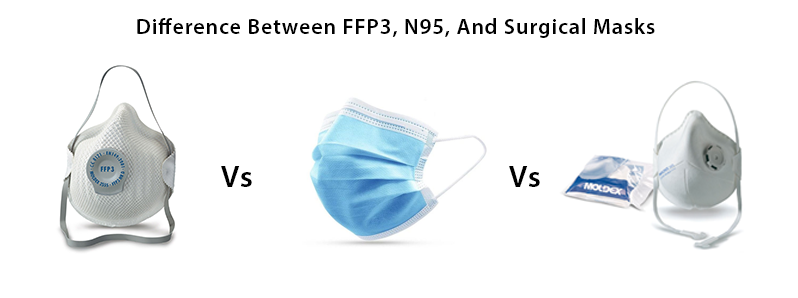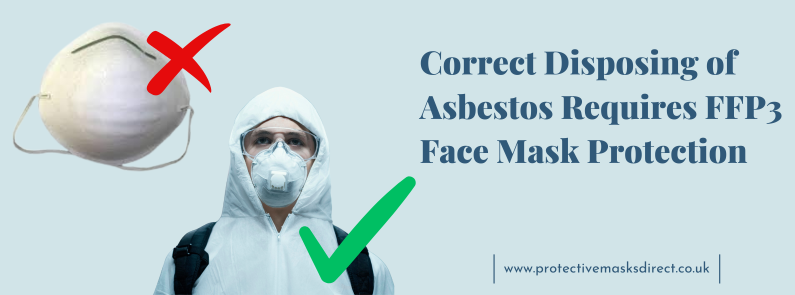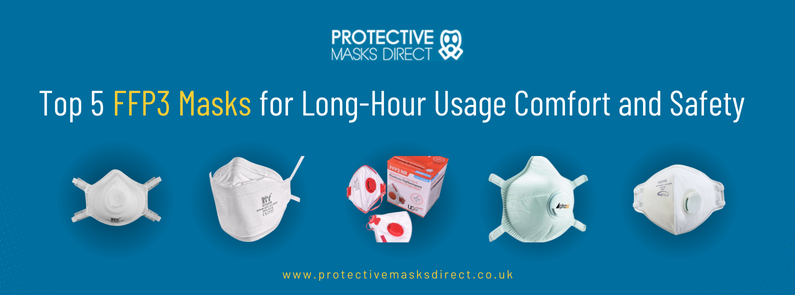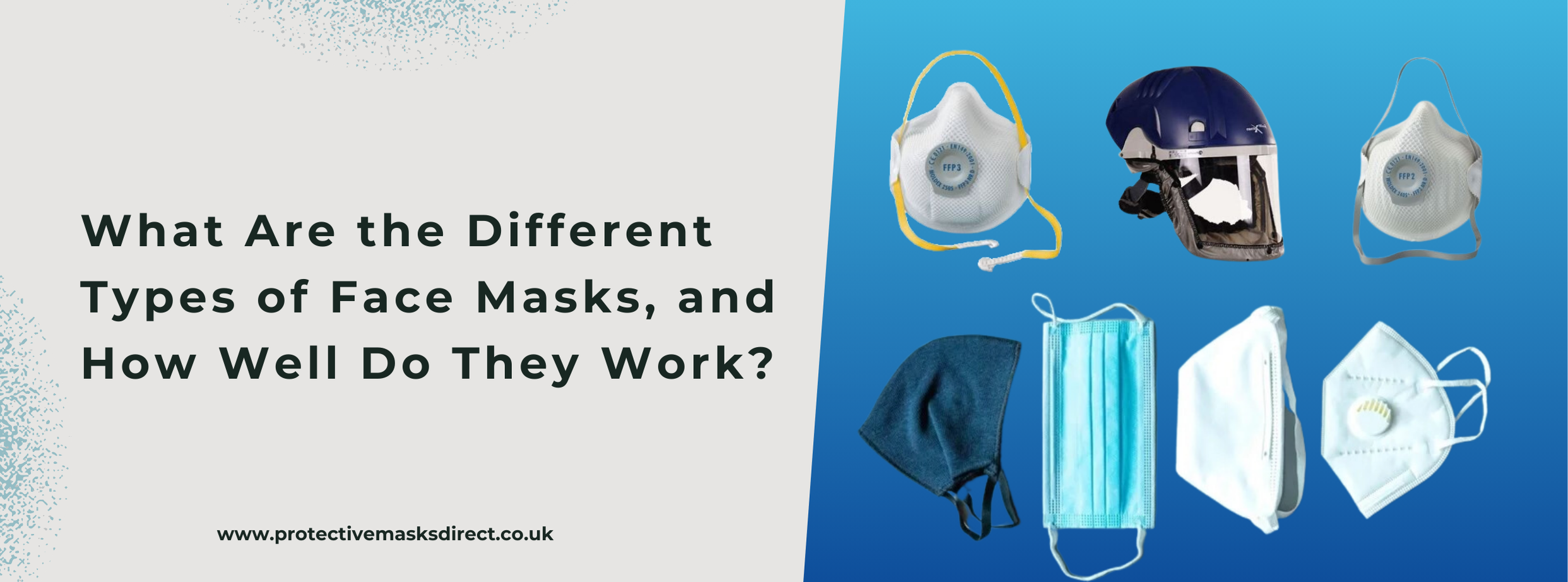
Key Takeaway:
Understand the key differences: FFP3 and N95 masks offer high filtration and protection, while surgical masks provide one-way protection. Choose based on your needs.
Wearing face masks is a necessity these days, especially when air-borne viruses like the Covid-19 are claiming lives by the thousands. As a result, many varieties of safety masks are available in the market, each serving the purpose of keeping the wearer or those around them safe from airborne diseases. The most commonly available face masks include the N95, FFP3, and surgical masks. FFP stands for Filtering Facepiece and is a type of PPE or Personal Protective Equipment. The FFP standards are used in Europe to classify different types of masks, which must conform to the pre-set guidelines and standards.
N95 or FFP2 Masks
A standard N95 mask is one that tightly fits on your face, creating a seal around the mouth and nose to efficiently filter inflowing and outflowing air. They are fluid-resistant, providing a high level of protection, by eliminating or filtering out 94% particles that are at least 0.3 microns in diameter. The N95 mask is known as an N95 respirator according to American standards, and as an FFP2 mask in Europe, both providing the same level of protection.
FFP3 Masks or N99
An FFP3 mask is similar to an FFP2 mask but provides a higher filtration rate than the latter. It filters up to 98% airborne particles having a diameter of 0.3 microns or above. An FFP3 mask is fluid-resistant and is more commonly referred to as the N99 mask in America. These are most commonly used by healthcare workers in the UK, to protect both the wearers and those around them.
Surgical Face Masks
Surgical masks are quite different from the FFP2 and FFP3 masks, usually providing one-way protection by capturing micro-organisms leaving the wearer through coughing or sneezing. These generally fit on the face loosely and comprise 2-3 ply with a melt-blown layer to separate one ply from the other. These are also known as type 2r face masks or type IIR face masks. Surgical masks must conform to the EN14683 standards in Europe.
Major Points of Difference Between FFP3, N95, And Surgical Face Masks
Surgical masks are quite different from the FFP masks, majorly protecting the people around the wearer. And, although both the FFP3 and N95 masks fall into the same category, there are slight differences between these, as discussed here.
1. Reusability
The surgical masks are meant to be strictly disposed of after every use in the prescribed manner. The FFP2 or N95 masks can be worn for up to 8 hours and can be reused if they are not soiled or damaged in any manner. However, it is best to don on a new mask every time you remove the one you’ve been wearing. The FFP3 masks also need to be immediately disposed of in case they have been damaged or soiled. If not, one can wear them for at most 8 hours, before it needs to be replaced for utmost safety.
2. Valved Masks
Both the FFP variants of face masks are available with and without a valve, where the valve is helpful for those having breathing problems. Since the FFP2 and FFP3 face masks are tightly fitted around the face and mouth, a valve is inserted which allows tiny amounts of air to be expelled from the mask after filtering it, without letting any air in. However, the valved FFP3 masks provide protection only to the wearer, not for people around them. The 3-ply surgical masks do not require a valve as they loosely fit around the mouth and nose, facilitating easy breathing for even those having difficulties.
3. Governing Standards
The FFp2 and FFP3 face masks must conform to the EN149 standards, whereas, the surgical masks are usually governed under the EN14683 standards. However, the type 2r surgical masks, also known as type IIR surgical masks must conform to EN149:2001+A1:2009 standards.
4. Leakage and Filtration
The FFP3 mask filters around 98% airborne viruses, and the FFP2 masks filter out 95% particles above 0.3 microns in diameter. However, since the surgical masks are only meant to protect those around the wearer, these do not provide a reliable level of protection against smaller airborne particles. Moreover, since the surgical masks fit loosely on the face, there is bound to be some leakage while inhaling and exhaling from the edges.
Wrapping Up
Today, in times of uncertainty, it is important to know which protective face mask you need to use for ensuring complete security. Ideally, the FFP3 and N95 masks are advised to ensure complete safety, however, if the wearer works in the medical field, they can also wear a surgical mask along with a protective face cover. The surgical mask is much more convenient and affordable but needs to be instantly changed upon an encounter with a patient.
Now that you know the important differences between the three commonly used face masks, make sure to choose the one which is most appropriate for you when going out. It will help you remain safe from harmful viruses including Covid-19.




